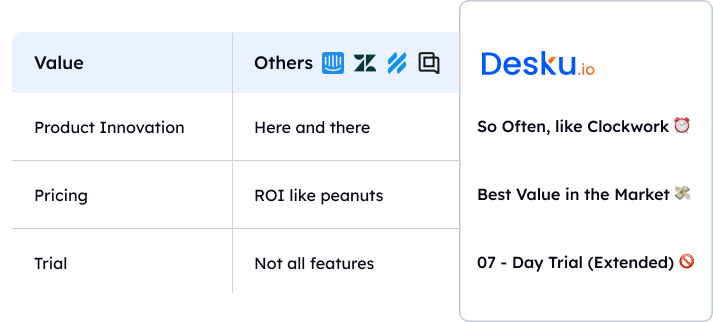In the world of marketing, multibrand is a strategy. Companies use it to face today's tough competition. They offer many brands under one entity. They aim to find new chances and reach different consumers.
But, managing many brands is hard. It needs a deep understanding of brand position and how consumers see it. We need to understand multibrand strategies more. The key is in finding the right balance between brand unity and single brand identity.
I. Definition of Multibrand
In marketing and branding, multibrand is a strategy. Companies use it to offer many brands under one roof. It can result in a bigger market share, more sources of income, and better customer loyalty.
But, it also comes with problems. These include brand dilution, cannibalization, and the need for good brand management. To succeed, companies must tackle these issues well.
II. Importance of Multibrand Strategy
A sound multibrand strategy boosts a company's market stand. It does this by spreading out its offerings and reaching more customers.
Differentiating brands is vital in a market full of like products. It helps companies to be unique.
This strategy also builds customer loyalty. It does this by giving varied choices to suit different tastes.
This lifts overall brand loyalty among buyers.
III. Examples and Benefits of Multibrand
The earlier section noted benefits of multibrand. Real-world examples show how companies use this to boost market competition and reach different consumer groups.
Take Procter & Gamble, for instance. They have brands like Pampers and Gillette. Multibrand strategies help boost brand loyalty. They reach different market niches. They give consumers more choices. This drives business growth.











